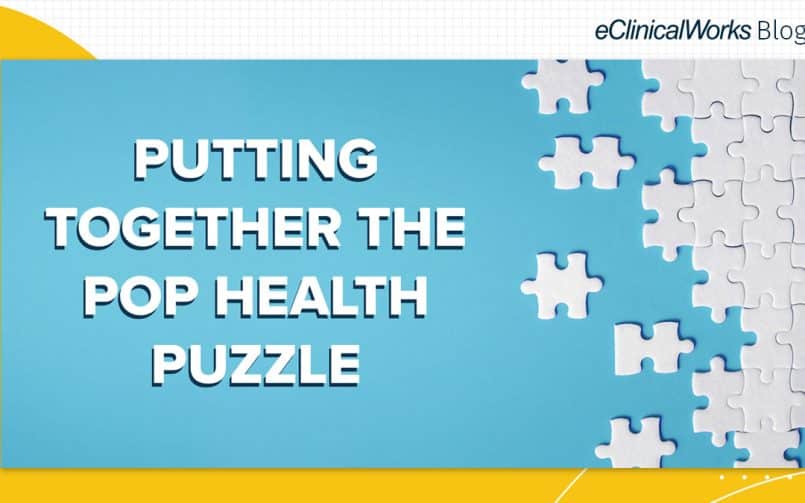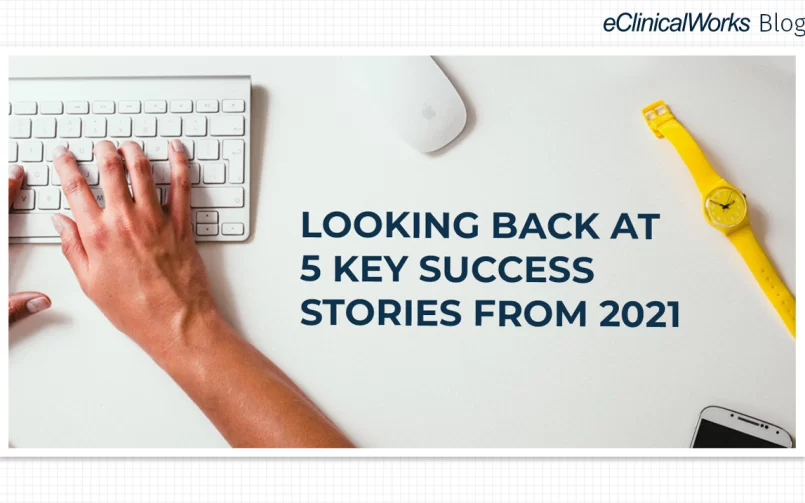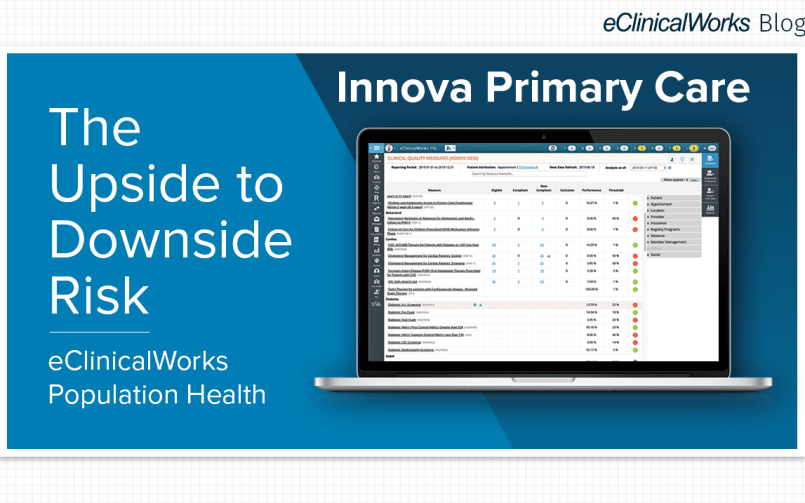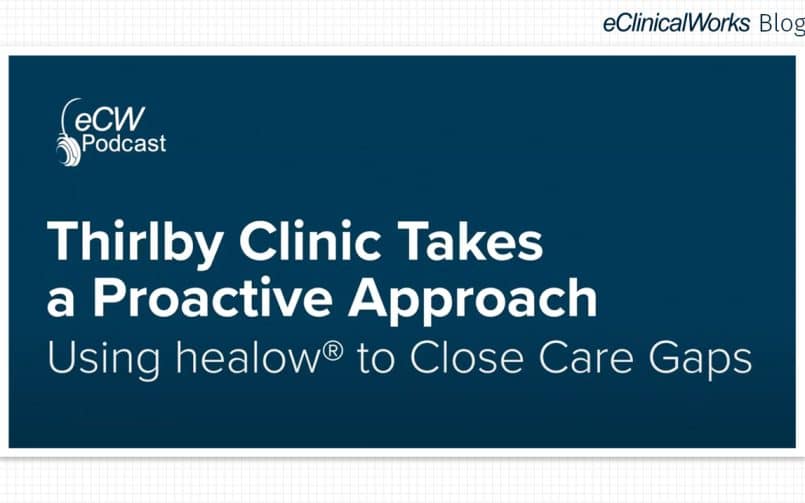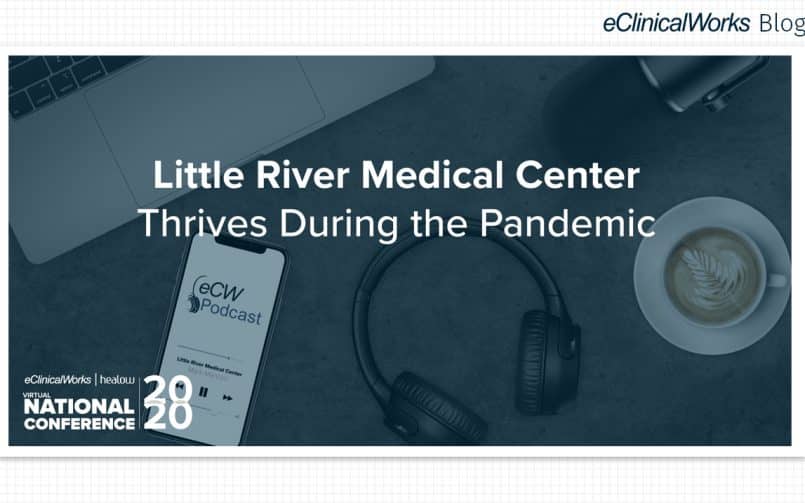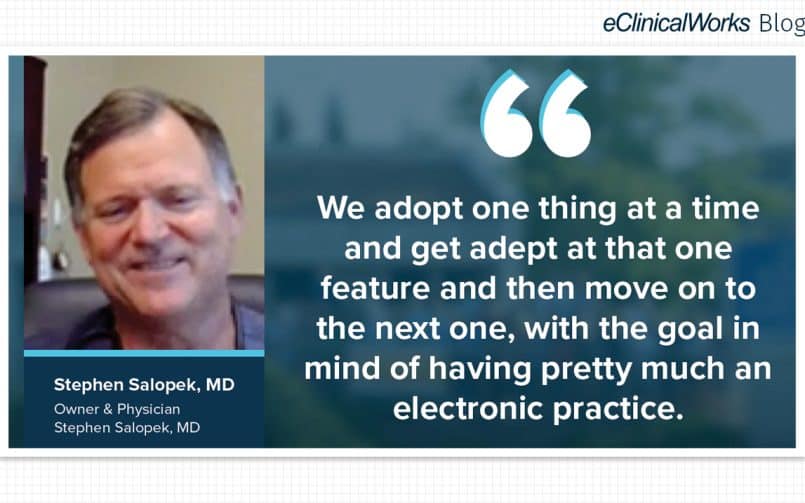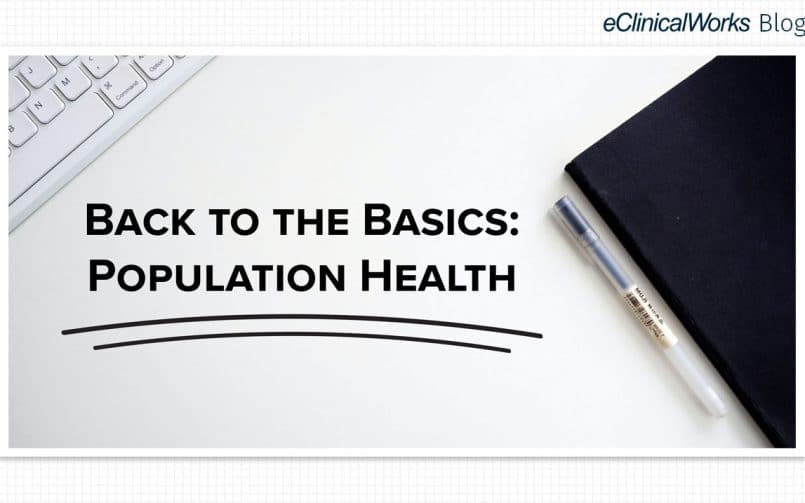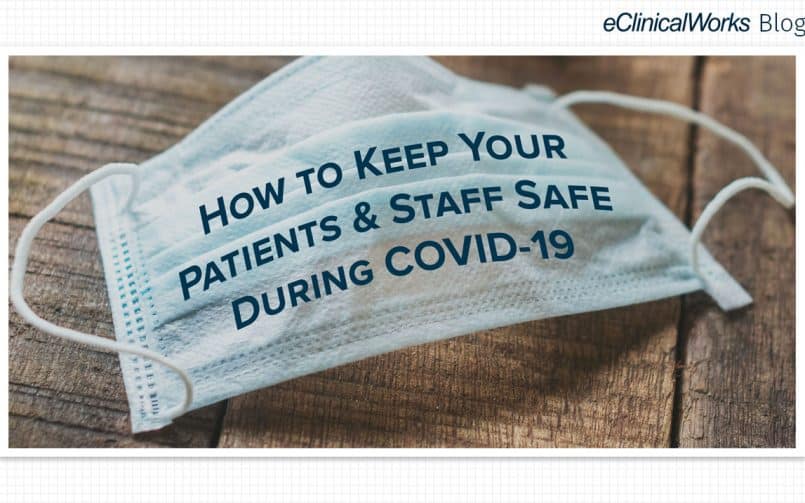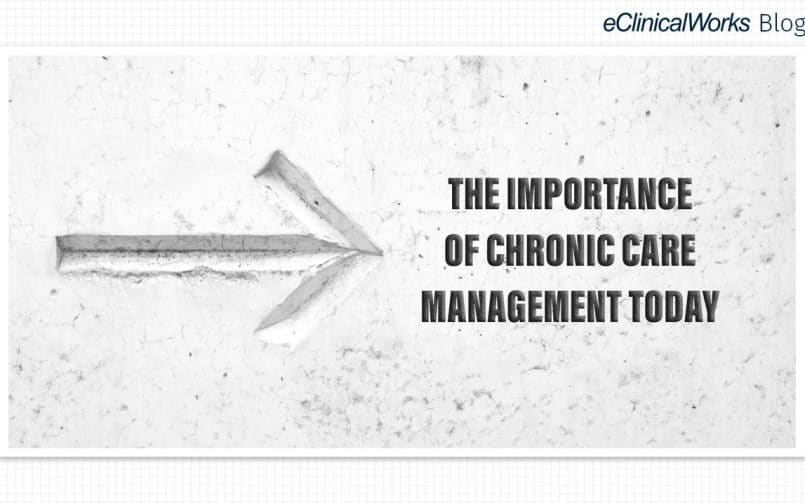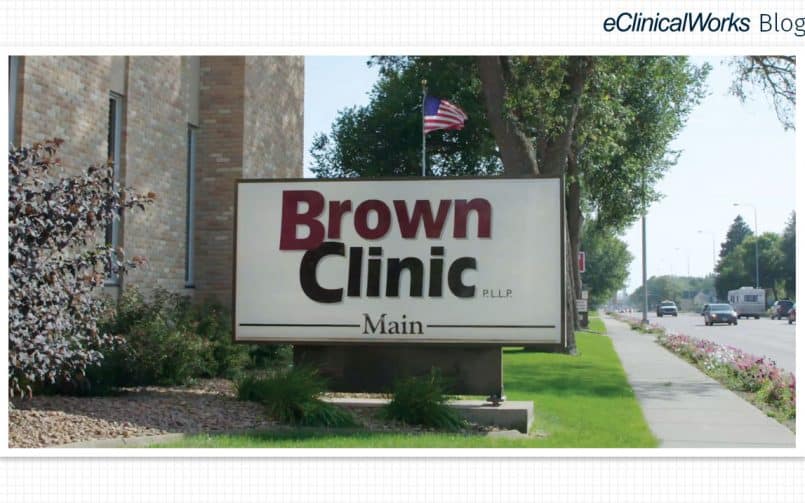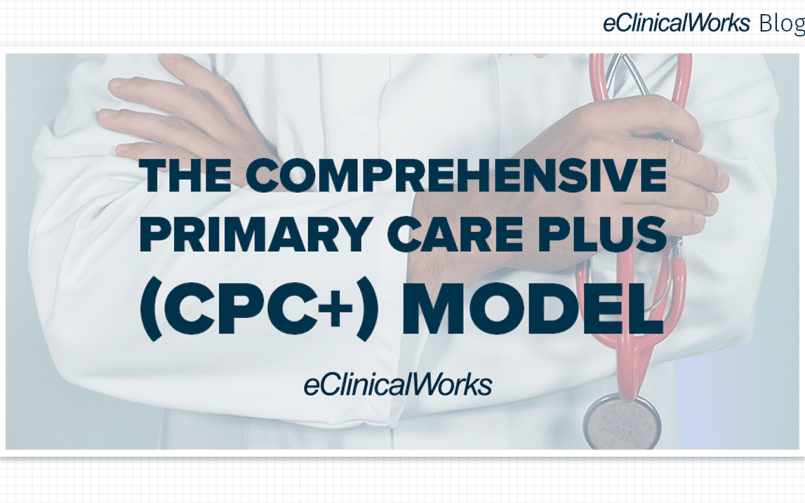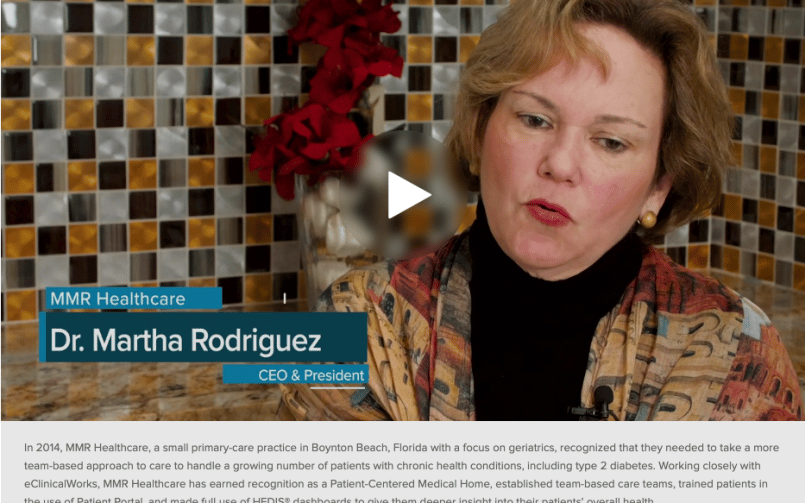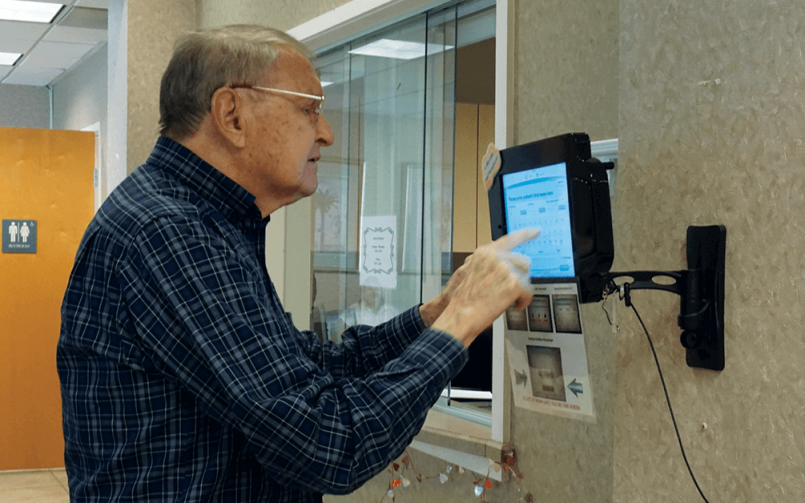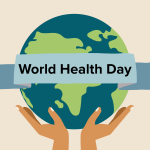Chronic Care Management and Aging
- 19 June 2017
- Blog
eClinicalWorks
America Ages — and Aches
Today, approximately 15% of Americans, some 46 million of us, are age 65 or older. Fast forward 40 years and the ranks of those eligible for Chronic Care Management are projected to reach nearly 100 million, about a quarter of the U.S. population. The exact numbers are anyone’s guess, but the trends are clear: Americans are living longer than ever. Medicine continues to make remarkable advances in the prevention and treatment of disease.
And access to healthcare services, while still imperfect and perennially mired in political debate, continues to reach more Americans. The result is inevitable: A lot more older neighbors, family members, and friends. More 55-and-older communities. More senior housing. More assisted living facilities. More need for skilled nursing. And, almost certainly, a lot more aches and pains that come with chronic medical conditions.
Medical Practices Respond
To physicians, the reality of an aging population isn’t news. Whether in primary care, internal medicine, or nearly any specialty — except perhaps pediatrics or obstetrics — doctors deal with the effects of aging every day.
Along with their healthcare IT partners, physicians are doing something about it.
Many eClinicalWorks clients have had success implementing our Chronic Care Management (CCM) solution to promote the quality of healthcare services. On January 1, 2015, the Centers for Medicare & Medicaid Services (CMS) enacted a rule allowing providers to bill $42 per month for each patient in a traditional fee-for-service Medicare program who has two or more chronic conditions and agrees to participate in a CCM program.
On paper, the requirements are simple: To qualify for the reimbursement, providers must spend at least 20 minutes of non-face-to-face time working on a given patient’s case each month. Office visits don’t count. But telemedicine visits and phone conversations do. Documenting and reviewing the case? Check. Assessing the patient’s overall health needs? Check. What about consulting with other providers about that patient? Check.
But even if relatively simple in concept, quantifying and recording the time involved in implementing the CCM program can be a challenge. That’s where eClinicalWorks has made a difference.
Serving Elders in Naples, Florida
In Naples, Florida, Dr. Pavan K. Anand and his associates at Naples Internal Medicine Associates serve a patient population that includes a large number of patients age 55 and older. Dr. Anand has the data to show that CCM is beneficial for managing chronic care patients in his practice: Between 20% and 25% of his patients ages 65-70 have two more chronic conditions, such as arthritis, diabetes, cancer, depression, hypertension, heart disease, or Alzheimer’s disease.
When Dr. Anand looks at those ages 70-75, the figure rises to 35%. For those 75-80 it reaches 40%. And fully 60% of the patients at his practice who are over age 80 have at least two chronic conditions — and some many more.
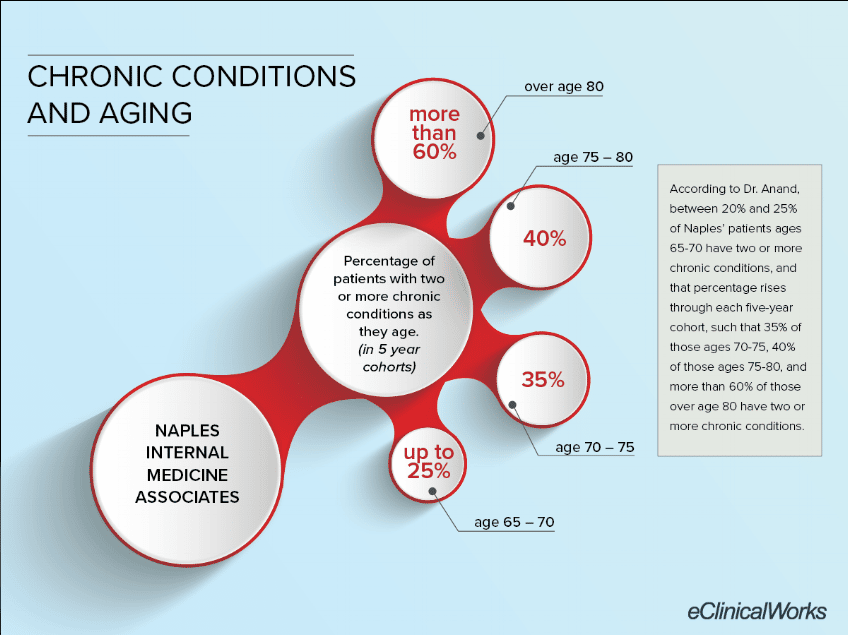
For Dr. Anand, eClinicalWorks provided all the tools he needed, including dashboards to identify CCM-eligible patients, automated billing rules, the creation and management of care plans, 24/7 electronic access to patient records, and automated reminders to make it easier to manage patients in the CCM program.
“We have seen about a 20% to 25% reduction in hospitalizations,” Dr. Anand said.
“To reach out to patients on this, we feel it is important to interact with them one on one, in a personal way, during their regular, face-to-face appointments.”
And in Rural Northern Ohio
A similar approach — on a larger scale — is being taken by Northern Ohio Medical Specialists (NOMS), based in Sandusky, Ohio, but with offices and practitioners in several largely rural counties across the northern part of the state.
Practitioners recognized that they were spending more and more time with their patients with multiple chronic conditions. So, in January 2016, NOMS implemented the eClinicalWorks CCM solution.
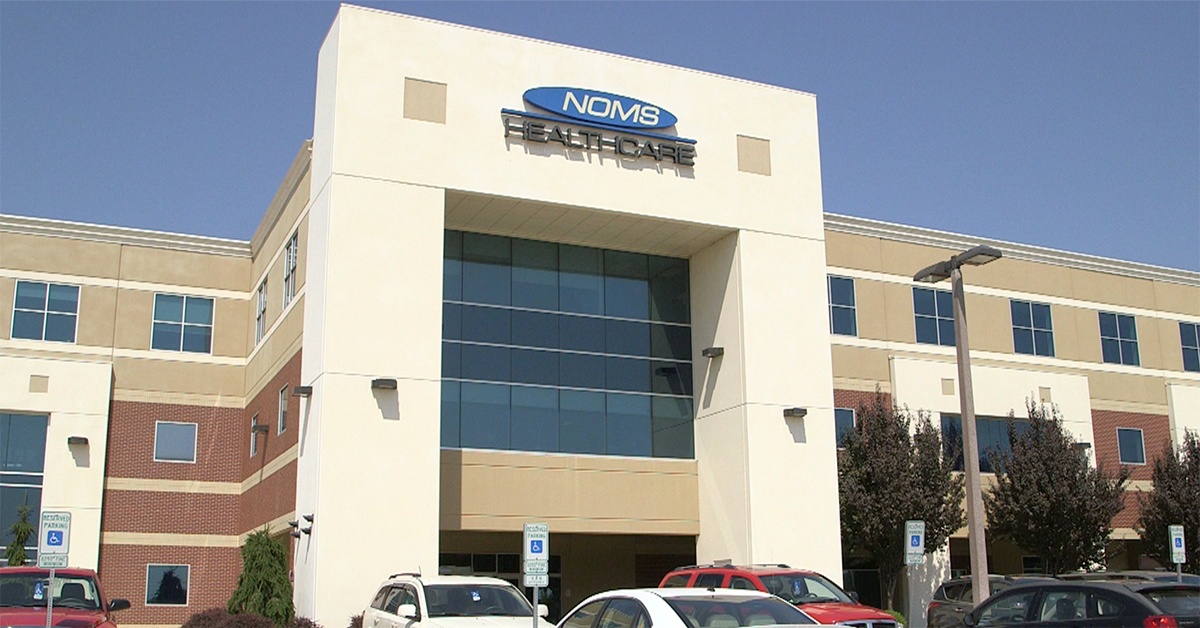
While the medical care was familiar, the reimbursement model and need for documentation were not. Not all NOMS providers were on board initially. Patients were puzzled. But NOMS assembled an 18-member team of care coordinators to let patients and providers alike know about what CCM was and how it could help strengthen the doctor/patient relationship and promote better health.
“We’re spending a lot more time on our patients than we initially thought we were,” Angela Downs, an LPN and clinical advocate with NOMS, told us during a visit last summer.
“If that clock didn’t exist, I still would put in the amount of effort I do for each individual patient. But patients realize our time is valuable, and I do talk personally about what my job is with my patients.”
Notes of Hope
Those conversations — in Ohio, in Florida, and across the nation — really lie at the heart of healthcare today and in the future. As important as technology, medication, and computers may be to modern healthcare, the interaction between patient and caregiver remains the most indispensable element in healing.
Caregivers after all, whatever their education and titles may be, work in healthcare because they enjoy helping others. They see firsthand the challenges of aging, but they also see its positive aspects.
Chronic Care Management is only one part of a very large puzzle, but when done well, it can enhance the quality of healthcare provided to many chronic care patients.
It can help elders rebuild their strength, retain their independence, and stay in their homes. It can mean the difference between a future of declining health and rising costs, and a future in which more of America’s elders remain healthy enough to enjoy time with their families, fulfill the dreams of a lifetime, and become a source of wisdom and strength to the coming generations.
When you get right down to it, that’s really what we mean by “Improving Healthcare Together.”




